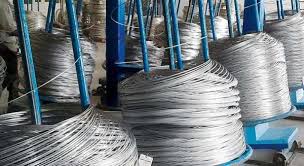Windows are more than just openings in walls; residential window tinting they are essential features of any building that connect the indoor and outdoor environments. These portals to the outside world serve a multitude of purposes, ranging from providing natural light and ventilation to enhancing the aesthetic appeal of a space. In this article, we will explore the various aspects of windows, from their historical significance to their modern-day innovations and energy-efficient advantages.
Historical Significance:
The history of windows dates back thousands of years. In ancient civilizations, windows were often openings covered with materials like animal hide, paper, or even thinly sliced stones to allow light in while keeping the elements out. As architecture evolved, windows became more sophisticated, with the Romans introducing glass windows in the first century AD. This innovation marked a significant shift in architectural design, enabling buildings to incorporate larger windows and transforming the way natural light entered spaces.
Natural Light and Well-being:
Natural light is a fundamental element in architectural design. It not only brightens up spaces but also has a profound impact on our well-being. Exposure to natural light has been linked to improved mood, increased productivity, and even better sleep patterns. Well-placed windows can optimize the amount of natural light a building receives, reducing the need for artificial lighting during the day and contributing to energy savings.
Ventilation and Indoor Air Quality:
Windows also play a vital role in providing ventilation, which is crucial for maintaining indoor air quality. Properly positioned windows can facilitate the exchange of fresh outdoor air with stale indoor air, helping to reduce pollutants and create a healthier living or working environment. This natural ventilation can be especially important in minimizing the risk of airborne diseases and ensuring a comfortable indoor climate.
Energy Efficiency:
In today’s world, energy efficiency is a top priority. Modern window designs incorporate advanced materials and technologies that improve insulation and reduce heat transfer. Double-glazed or even triple-glazed windows, for instance, trap heat inside during the winter and block unwanted heat during the summer, resulting in lower energy bills and a reduced carbon footprint.

